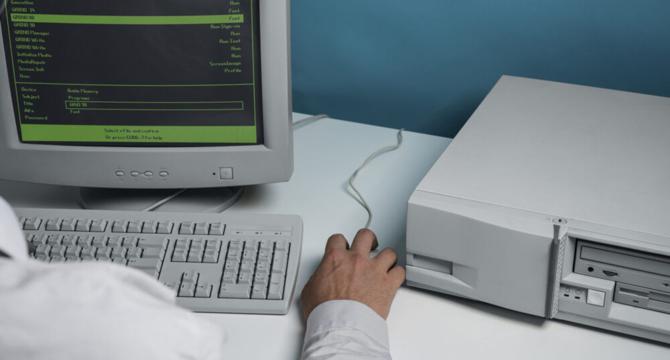TechBullion
1M
367

Image Credit: TechBullion
Cybersecurity and Medical Device Software: A Development-Stage Perspective
- Medical device software development must consider cybersecurity from the design stage to protect patient safety and data privacy
- Security should be integrated early in the development lifecycle, not added as a separate component later
- Cyber threats to medical devices can lead to compromised treatment settings, vital signs, or data transmission
- Considerations such as user authentication, data encryption, and access controls are crucial for mitigating risks in medical software
- IEC 62304 standard provides guidelines for secure development processes, emphasizing documentation, traceability, and verification
- Structured risk analysis helps identify threats, assess likelihood, and determine consequences, guiding the selection of security controls
- Coordination among development, quality assurance, regulatory, and clinical teams is essential for effective cybersecurity implementation
- Devices should be designed for flexibility, with secure update mechanisms and monitoring systems for anomaly detection
- Cybersecurity in medical device software is about proactive design for resilience and trust, not just meeting compliance standards
- Secure-by-design is a necessary standard to build products that can be trusted in critical clinical scenarios
Read Full Article
22 Likes
For uninterrupted reading, download the app